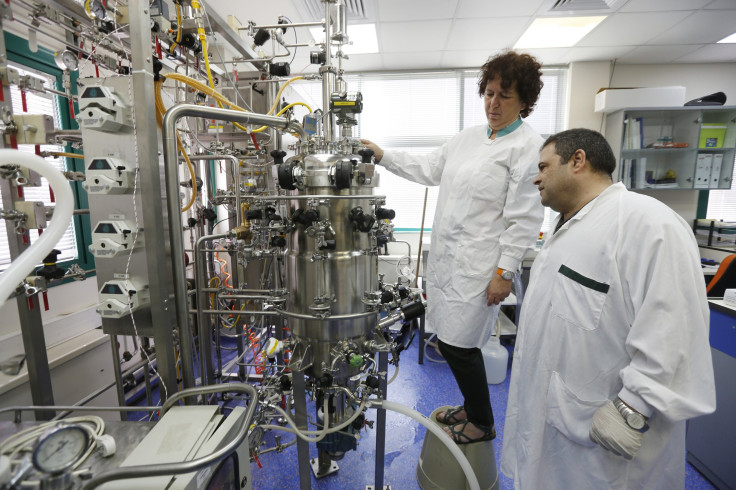Hepatitis, a deadly killer just like HIV; Australia aiming to eradicate hepatitis C

The world knows HIV as a deadly killer disease. However, one disease that is also equally deadly, if not more, is hepatitis. It is a viral infection that affects the liver of a person and is a leading cause of disability and death across the globe.
A study published in the journal Lancet, revealed some startling facts. The study stated that viral hepatitis deaths increased by 63 percent in the last 23 years. There are five types of viral hepatitis namely A, B, C, D and E. All of them are contagious and some are even life-threatening.
While hepatitis A and E are waterborne, B, C and Dare transmitted via body fluids such as razors, toothbrush, injections, needles and syringes, writes The Times of India.
The researchers involved in the study “used data from the Global Burden of Disease (GBD) Study to estimate morbidity and mortality for acute viral hepatitis, and for cirrhosis and liver cancer caused by viral hepatitis, by age, sex, and country from 1990 to 2013,” the study states.
“Hepatitis A and E are generally self limiting and don't normally last beyond six months. However, they can be severe, incapacitating and fatal during this period. Hepatitis B (HBV) and C (HBC), on the other hand, can give rise to acute illnesses like A (HBA) and E (HBE) but can also cause chronic liver disease, which can lead to cirrhosis of liver or even cancer of liver. Hepatitis D (HBD) infection occurs only if a person has Hepatitis B,” Dr. Ajay P Choksi, Consultant and Head, Dept. of Gastroenterology & Hepatology at Nanavati Super Speciality Hospital, Mumbai, said.
However, there is good news for Australians when it comes to hepatitis C. There is hope that the disease may be eliminated in the next 10-15 years and won’t be a public health threat in Australia anymore.
As per Hepatitis Australia, There are approximately 230,500 Australians living with chronic hepatitis C. Around 25 percent of those living with chronic hepatitis C in Australia have moderate to severe liver disease. Moreover, about 15 percent of people living with chronic hepatitis C in Australia have not yet been diagnosed.
Hepatitis Australia chief executive Helen Tyrell feels positive as hepatitis C treatments are increasingly proving effective. They have a curative success rate of 95 percent. Tyrell added that after numerous sufferers were treated in the past few months, the target to eliminate the virus completely has become a reality.
“We're on track to eliminate hepatitis C as a public health threat in Australia within 10 to 15 years ... We have new estimates from the Kirby Institute, which indicate in just four months over 22,000 people living with hepatitis C have commenced treatment,” she told the ABC.






